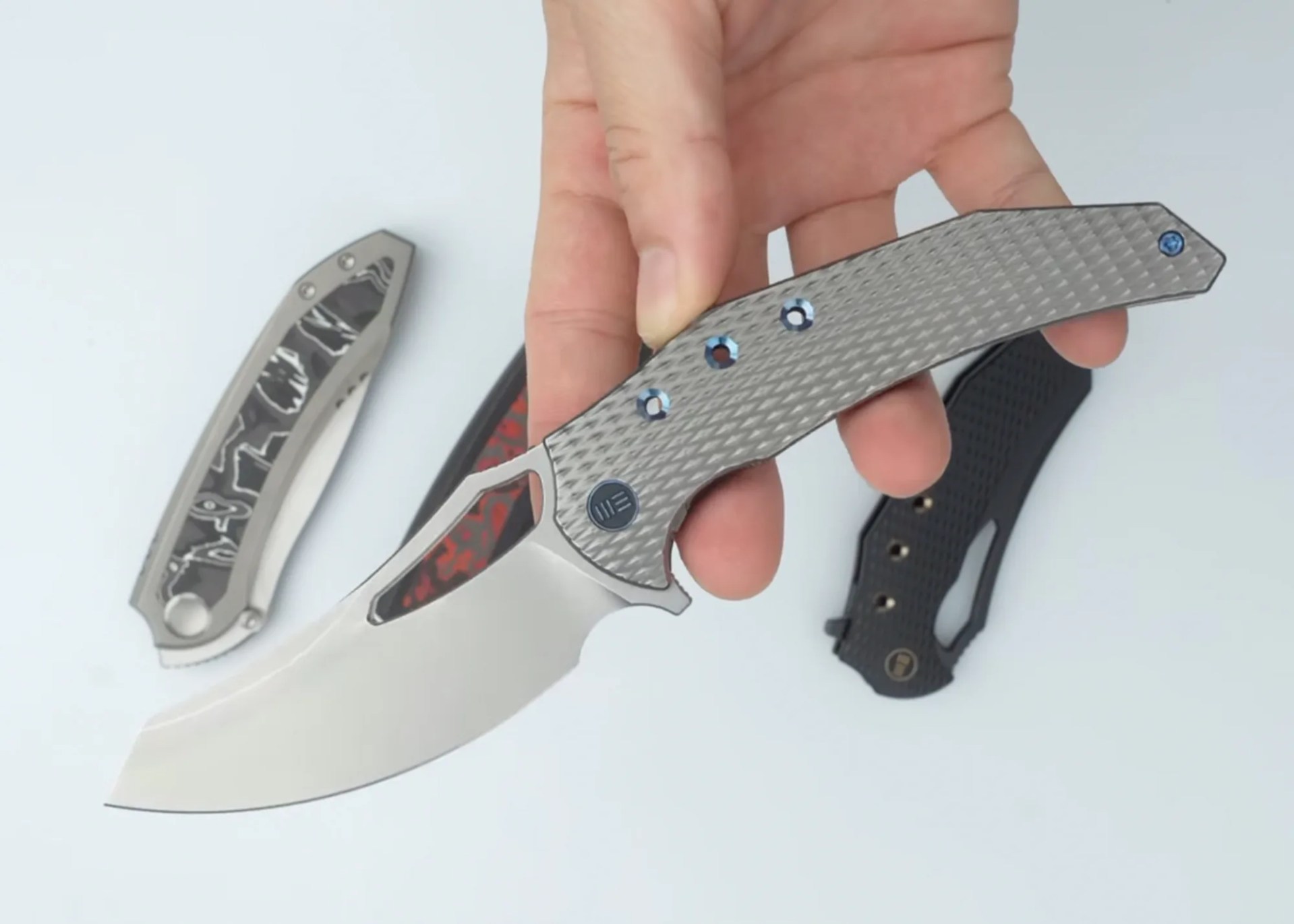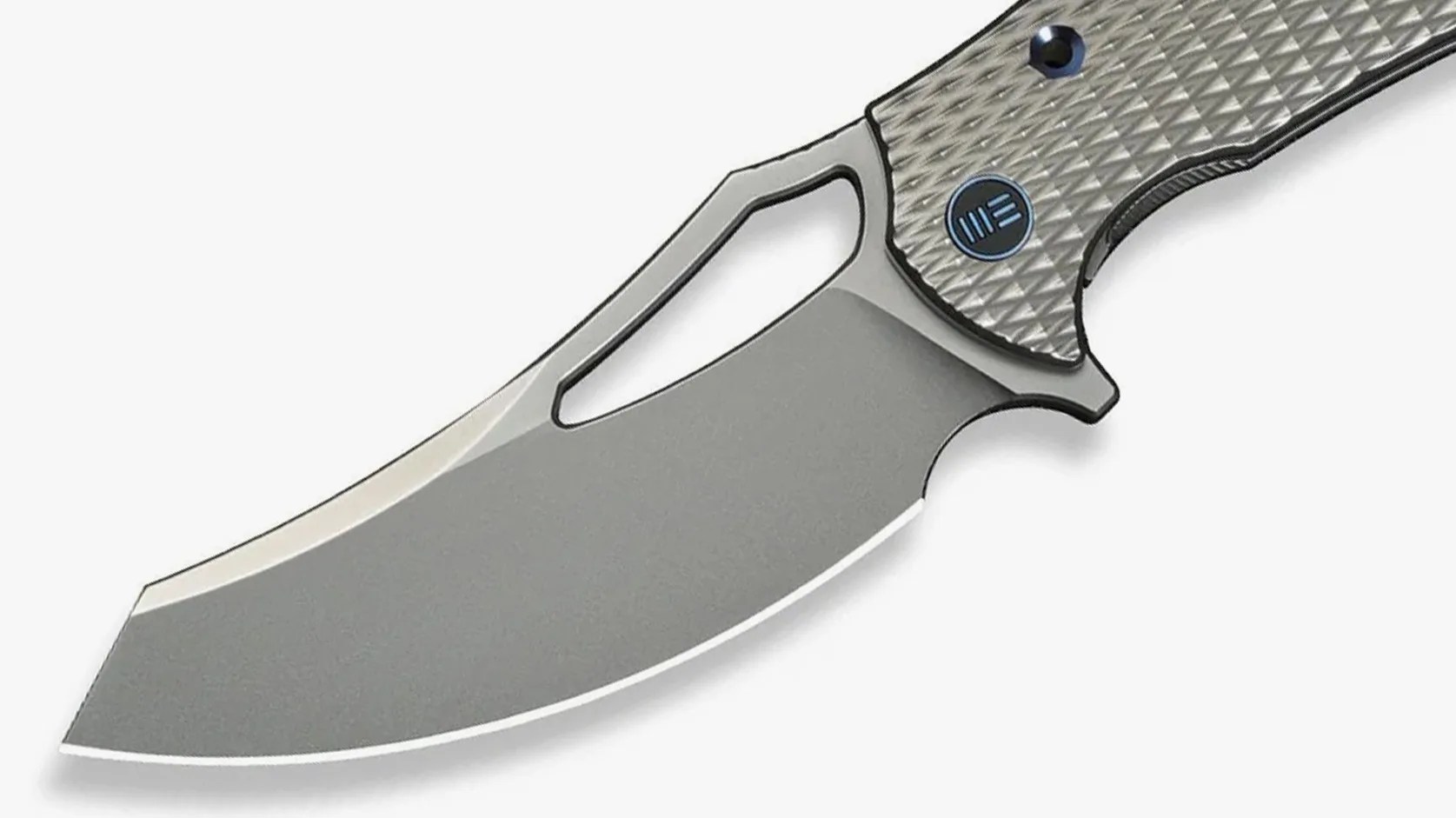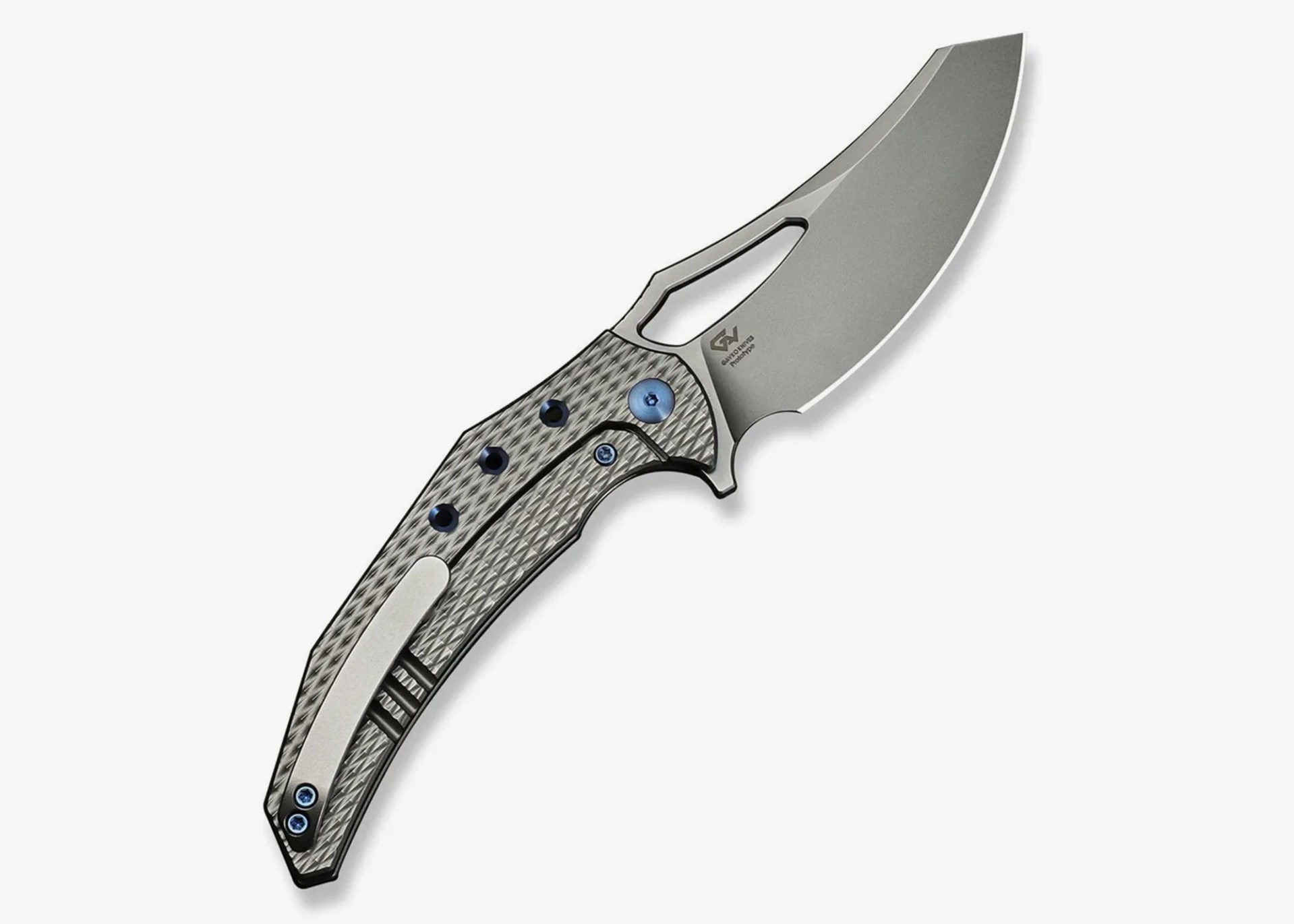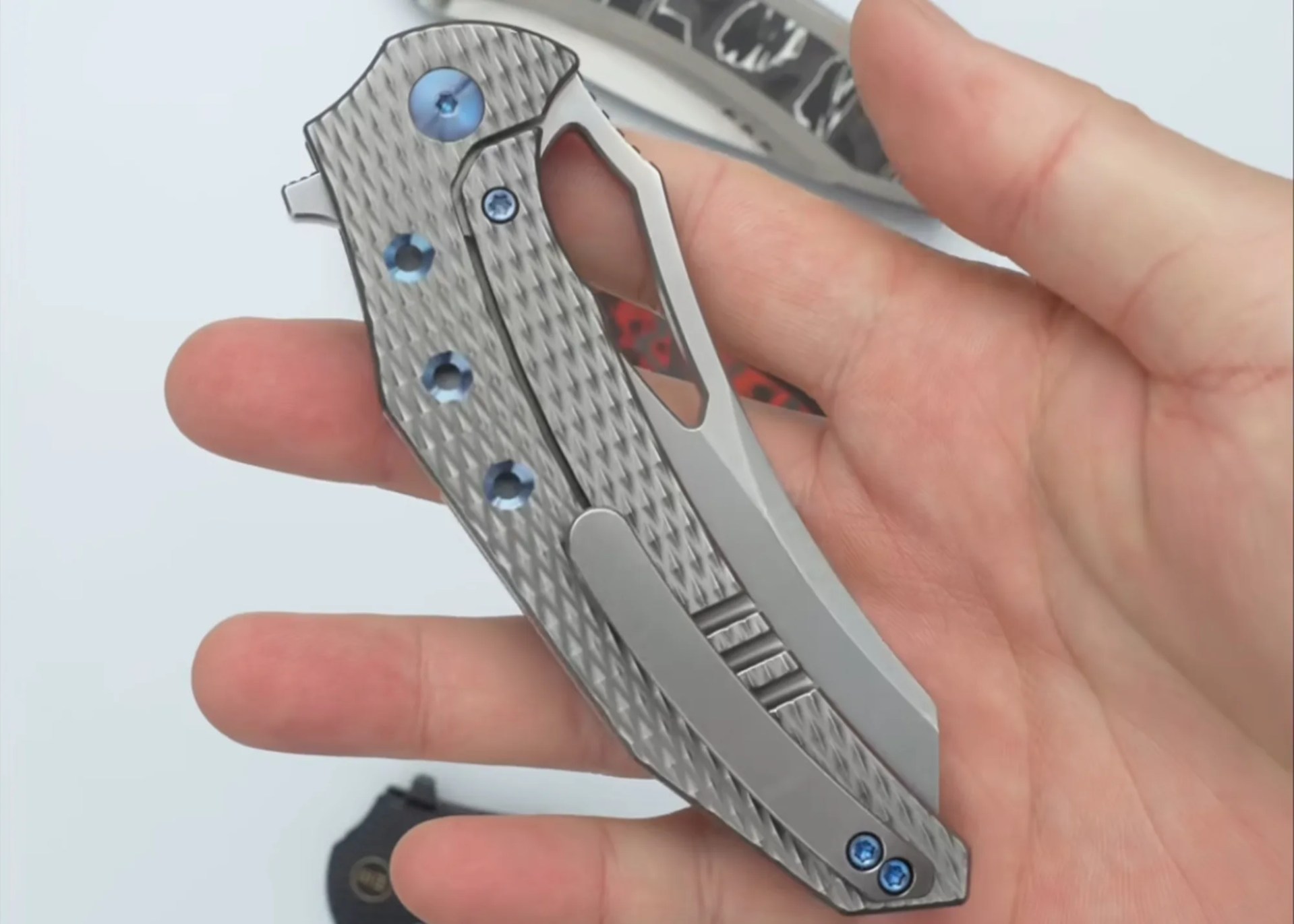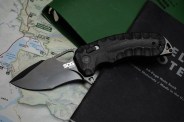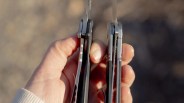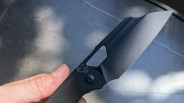A little over two decades ago, the great poet Missy Elliott reminded the nation how beneficial it can be to reverse it.
This particular action, a key element of the song “Work It,” helped the not-at-all-salacious single hold the no. 2 spot on the Billboard Hot 100 for 10 weeks (behind Eminem’s “Lose Yourself”) in the fall of 2002. Less than a year later, the associated album, Under Construction, was certified double-platinum with over 2 million copies sold.
The reverse tanto shape also draws inspiration from extant Japanese combat weapons such as the Bunka Bocho and Kiritsuke. Reverse tantos are also called K-tips in a nod to the latter.
Of course, music is not the only place where an about face can pay big dividends. Just look at the knife world, where the reverse tanto blade shape may actually be superior to the original silhouette.
In honor of WeKnife’s recently launched Epaulette employing the style, let’s take a closer look.
